19 Killer eCommerce Marketing Strategies
Learn how to create an eCommerce marketing strategy, which marketing channels to include & top strategies that big brands use to grow their business.
Updated November 6, 2024

Ecommerce sales are expected to hit $1 trillion in the US in 2022. Black Friday sales alone in 2021 hit an epic $8.9 billion. With all the increased hype and usage of online eCommerce stores, the complexity and competition have also increased.
Brands are having a harder time competing on catching the attention of potential customers in their customer journey, focusing their marketing efforts on the right target customer, and delighting them in the post-purchase portion of the buyer experience.
If your eCommerce brand is struggling with optimizing your digital marketing, bringing sales, and improving your customer retention then this guide is for you. This is our most comprehensive guide on everything that has to do with eCommerce marketing strategy.
We cover specific eCommerce marketing tactics, the right channels, marketing tips, and tools to help you crush your ROI goals.
How to Create an eCommerce Marketing Plan
After identifying the eCommerce business model as your baseline you can proceed to create an eCommerce marketing strategy which should include a well mapped out marketing plan, defined marketing channels, and a clear marketing funnel.
Many marketing managers tend to skip or cut corners on this stage and end up blindly running a lot of ad campaigns, which produces a low return on their marketing budget and a big waste of money. This is just one of the mistakes a business owner could make in their eCommerce marketing.
Here are the steps you need to take to create a cohesive eCommerce marketing plan:
Set goals based on industry benchmarks
The first step of your eCommerce marketing plan should be to define your goals. Use industry benchmarks to create goals that make sense for your team. You can use the SMART goals framework = specific, measurable, attainable, relevant, and time-based to help you succeed.
Main eCommerce marketing goals often include things like leads, clicks, click-through rate, conversion rates, and customer acquisition cost. You should also define specific sales numbers on each of your main channels for the next 3-6 months.
Pro tip: learn more about eCommerce trends and historical benchmarks by reading our guide to the history of eCommerce.
Conduct a competitor analysis
Competition analysis is a must. Not only is this a source of strategic information, but it also links in with your goals by providing benchmarks for them, which in turn can help you define your budget distribution.
Select your target audience
Good segmentation will help improve your user's experience through personalization and will translate into your bottom line (your eCommerce goals).
Your eCommerce marketing plan should reflect the characteristics of your target audience. You can segment your audience based on the following criteria:
- Demographic and geographic characteristics.
- Behavioral characteristics: distinguishing prospects based on the way they respond to your eCommerce marketing platform. (i.e purchasing timing and frequency, purchase value)
- Interests: Dividing prospects into meaningful groups based on the choices they make on your eCommerce website. (pages visited)
Audience segmentation will allow you to better match your offering to your customer's needs (personalization). This can promote customer loyalty and retention, allowing you to upsell and grow your sales even more. And once you identify what works and what doesn’t you can fine-tune your offer to attract new shoppers.
Select specific eCommerce marketing tactics
Now that you've gathered all of this data on who you want to reach it's time to select the specific ways of how you're going to meet these goals.
Choose the marketing channels that you want to invest in (free and paid), and write down a few specific tactics that you want to use for each channel. Then break down these tactics into action items that you can delegate to your team and external eCommerce experts.
19 eCommerce marketing strategies
Here are some of the best eCommerce growth hacks to grow your brand.
Social media marketing
1. Market on all relevant social media platforms
Social media marketing is still a very important place for eCommerce stores for two reasons.
First, it’s a great way to meet potential customers and get more impressions for the top of the tunnel. Second, it’s the place where most customers write about their experience with the brand and message the brand directly.
That’s why eCommerce businesses should have an organic presence on all the relevant social media platforms such as - Facebook, Twitter, Instagram, Pinterest, TikTok, and Snapchat.
2. Boost your posts
The algorithms on social media platforms prefer accounts that advertise. So if you haven’t launched your Facebook ads yet you should at least boost your post. It’s going to help improve your organic reach and help you get in front of your next potential customer.
Influencer marketing
3. Leverage the Power of Social Influence
Social proof plays a main role in the success of your eCommerce marketing plan. Potential buyers rely heavily on the testimonials of others when approaching a purchasing decision.
To achieve this, generate plenty of testimonials, positive customer reviews, and success stories. This should be placed throughout your store at strategic decision tipping points. The best part is that you don't need to offer any incentive - a lot of your customers will leave reviews for free.
Pro tip: Looking for the right influencer for your next campaign? Check out our list of the top influencer marketing tools.
4. Leverage the power of user-generated content
Referrals and word-of-mouth are the secret sauces behind long-term growth. You can't be throwing your money into Facebook ads forever, at some point your audience has to get excited enough about your product and start referring their friends for free if you want your brand to grow.
As a famous marketer and entrepreneur once said:
The reason it seems that price is all your customers care about is that you haven't given them anything else to care about - Seth Godin
Frank Body did this from day 1. They created a unique hashtag - #thefrankeffect and started offering their users monthly prizes for the most creative photo/video posts. This tactic encouraged users to create user-generated content (UGC) in the form of images and videos and helped the brand get over 100k+ pieces of content using their hashtag.
Conversion rate optimization
5. Continuously A/B Test Product Pages
Marketing is extremely dynamic, and you should continuously check how modifications to layout, messaging, the product description, the user experience, and other factors could influence your marketing KPI’s for the better.
As Jeff Bezos once said - "Our success at Amazon is a function of how many experiments we do per year, per month, per week, per day..."
6. Use social proof notifications
Take advantage of a consumer psychological truth a.k.a “FOMO”. Fear of missing out is a primal instinct for buyers. Display special conditional offers, limited time offers limited edition products, and bundles to improve your conversion rate and get more sales.
Just be sure to base your FOMO offer on your users' behavioral patterns and expectations, namely, you need to think about what will be considered a high-value offer in their mind and limit its access.
Use dynamic notifications to display when a user recently bought your product or the remaining quantity of a product. These will increase your user's sense of urgency and grow trust in your brand.
One of the top Shopify apps is also called Fomo, and it lets you create these notifications on the spot and launch them within minutes. Here's an example.
7. Make one-stop-shop product pages
Speaking of Nectar, this is an iconic home decor brand that grew to be an industry leader in just under 5 years. One of their secret sauces is making the product page tell the entire story. They pack all the information that a shopper would want to see on one page so they don't have to go browsing the rest of the site.
The one-stop-shop product page consists of - a promotion, bundle pricing, the product story, the company story, UGC + reviews, PR mentions, specs, unboxing instructions, competitor comparison chart, and FAQs. Oh, and a sticky menu.
Email Marketing
8. Launch Retargeting/Remarketing Campaigns
If at first, you don’t succeed you must try again. Many times our potential buyers are not quite ready to complete a purchase, either because they are still unsure, don’t have time to complete payment just this very moment, still want to compare their options, and dozens of other reasons.
Therefore, you want to remain on their radar and present your offering encouraging them to return. Send an abandoned cart email to remind them of the items they were checking out, or remind them to finish purchasing their existing shopping cart item with retargeted Facebook ads.
You can target potential customers with similar offerings to what your current customers have purchased in the past.
Content Marketing
9. Create comparison guides
This is a perfect tactic for users that are still comparison shopping. Create a guide that compares your company with your competitors and highlights all of the key advantages or things that your audience would consider as "deal breakers".
Guides have a dual purpose. You can use them to convert the users that initially looked into your competition and then saw you as an alternative worth checking out. You can also offer these guides as free lead magnets to generate leads.
10. Launch a home page quiz
Another great way to engage with your audience and improve your conversion rate is by launching an interactive quiz. You can display it on your home page and it provides a quick and creative way for your users to learn about your offering and start checking out. That's every content marketer's dream. Here are examples of two quizzes from Care/Of, the vitamin brand, and Ellie, the pet brand.
Improve the user experience
11. Use interactive site search
The search is one of the most overlooked places on any eCommerce store. What most eCommerce marketers forget is that the people that use the search have the highest purchase intent and are ready to buy. So make it easier for them to use the search by making it interactive. This can mean a few things. First, you can display images of your products as they type in their search term. You could also improve your filters to let your users search by attributes like color, size, design, and more.
Here's an example:
12. Launch a wish list
Wishlists are super powerful. They let your users save an item to a list, (read: you receive the user's email) and you can later retarget them with an email campaign. Etsy has this feature and it's been widely successful to lure shoppers back to the site.
Chairish, the home decor brand, uses wishlists as social proof and as a conversion tactic. You first have to sign up on their site to be able to save an item onto your wishlist. And then you receive an email with the item you favorited asking you to buy it. And that irresistible line says it all - "160 other users favorited - act fast!"
13. Use testimonials & reviews from your customers
Reviews are another great way to improve conversions and you should display them in as many places as possible. You should use them in your email marketing campaigns, on your PDP pages, the home page, category pages, really in any aspect of your marketing.
Here's an example from the home decor brand Brooklinen:
Nectar, the innovative mattress company, displays reviews several times throughout the page.
SMS marketing
14. Launch an SMS cart abandonment campaign
Text messages are a much more personal way to interact with your audience. But you're probably asking yourself - who has the time for that?
Good point.
So instead of just sending these one-off promotional text broadcasts get a tool like LiveRecover that lets you send automatic cart abandonment messages and get your own team of live agents. Once the user responds the team at LiveRecover actually starts a conversation with them, solves their issue or concern, and helps them check out.
Another advantage of using LiveRecover is that it lets you store all the information on a sheet and filter by the top concerns of your audience. That way, you not only get to recover abandoned carts but you also get to fix core issues and continue to improve your value proposition.
General marketing tactics
15. Launch Google Shopping campaigns
Google shopping is an advertising channel that Google launched to improve search results for users that are looking to buy a product online. So when a brand launches its products on Google Shopping it achieves two goals.
Google Shopping improves your search engine optimization efforts - you get more visibility on related searches and more organic search traffic.
Google Shopping becomes another lucrative sales channel for your brand.
16. Conduct competitor keyword research
Another great way to scale your eCommerce brand is by looking at what your competitors are doing, in terms of SEO. Use a tool like Ahrefs or Semrush and get a list of all the top pages of your competitors.
Then drill down into the main keywords and see what you are missing in terms of both the on-page optimization of product pages and the longer content guides or blog posts on your blog.
17. Create a customer journey map for each buyer persona
Sometimes it’s really hard to know that you’re targeting the right persona with each of your marketing channels. A really neat hack that helps get clarity on that is creating a journey map for each of your buyer personas. You could use Google Analytics for this.
Once you have a customer journey map then you can see a list of marketing channels that each persona is more likely to visit and you can continue your marketing planning from there.
18. Expand to marketplaces and selling platforms
Online marketplaces are a huge sales channel for a lot of brands. Platforms like Amazon, eBay, Etsy, Houzz, Target+, and Walmart have millions of monthly visitors and can help you get more sales and more returning customers.
If you want to learn more check out our guide on the top eCommerce marketplaces.
19. Launch a subscription service
The subscription model is what made SaaS software companies so successful and it can be used for eCommerce to increase loyalty and referrals and drive repeat purchases.
The common misconception is that your entire business needs to be subscription-only and that's simply not true. There are plenty of companies (like Gillette) that have launched separate subscription products.
If you don't currently offer a subscription product it's a great time to create one. There are 3 basic subscription box types that you can choose from - replenishment, curation, or access.
Replenishment - offer items that shoppers tend to re-purchase regularly. Think razor blades, soap, pet food. Start with local delivery to optimize your shipping costs. So if you're based in the United States, start selling to specific states, and then slowly expand as you go along.
Curation - offer super-targeted product suggestions and combinations that provide a variety and the convenience of saving people time. Think: ThreadBeast's CTA - "One less trip to the mall".
Access - provide products that are difficult to find anywhere else. This could be a subscription service that offers shoppers to "rent" $3k+ worth of jewelry, and wear new pieces every month.
Recap
Every eCommerce marketer should know how to optimize 5-10 of the most common marketing channels like the back of their hand. They need to create eCommerce marketing plans for each of these channels that target the ideal buyer persona for the business, drive traffic, increase lead generation and bring sales.
They should also create campaigns that delight loyal customers, continue to improve their customer experience and customer satisfaction long-term and improve retention. Remember, there are hundreds of thousands of eCommerce websites out there. Make yours stand with the ideal eCommerce marketing strategy.
Need help scaling your eCommerce business? Talk to a vetted marketing agency or an eCommerce freelancer.

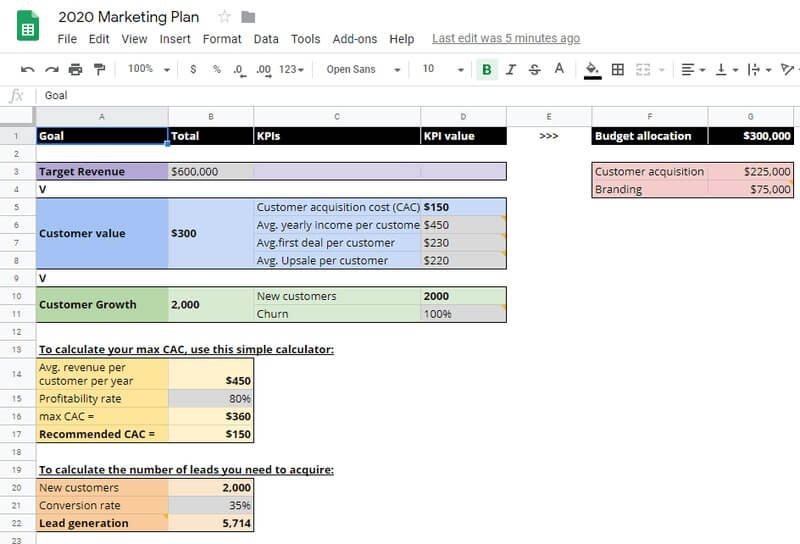
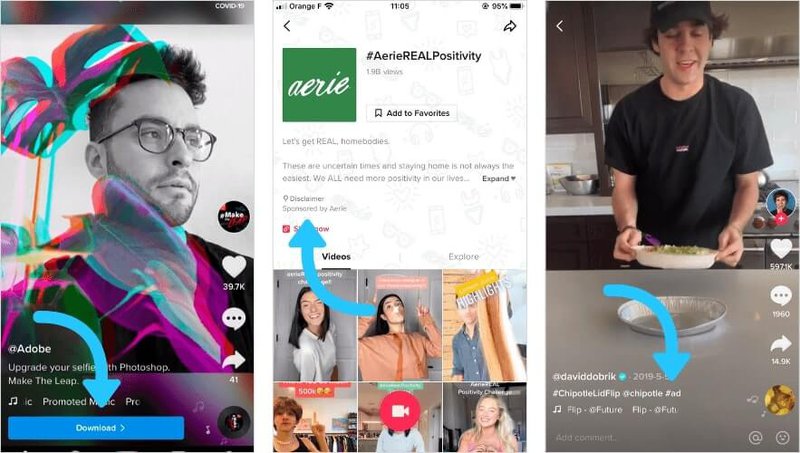
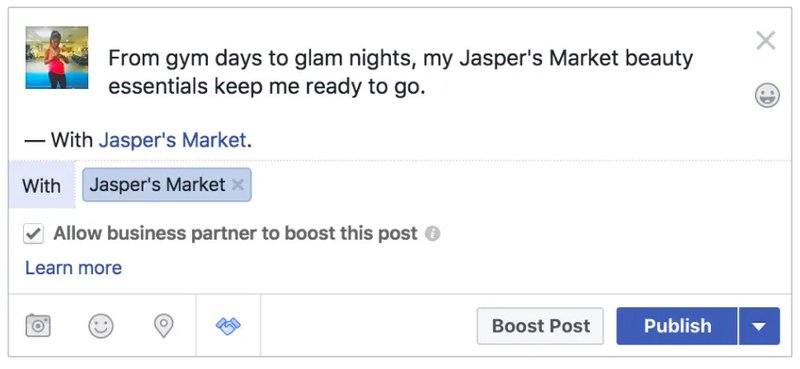
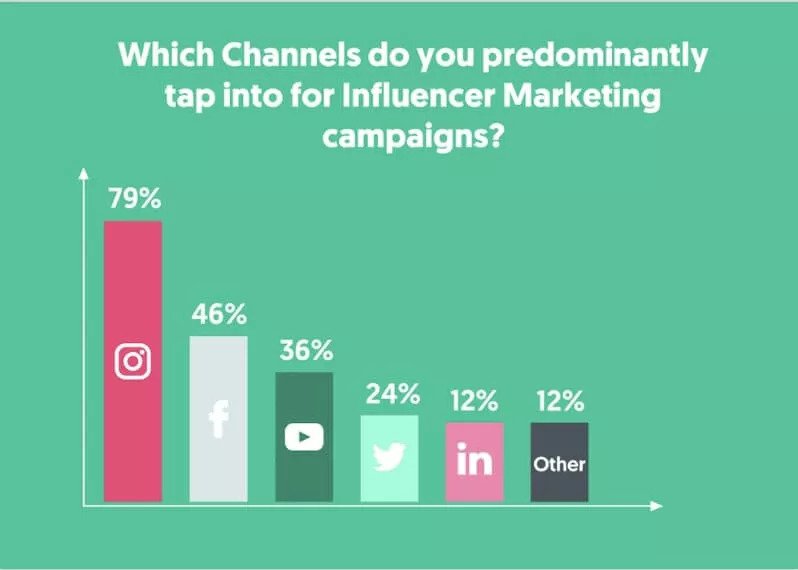

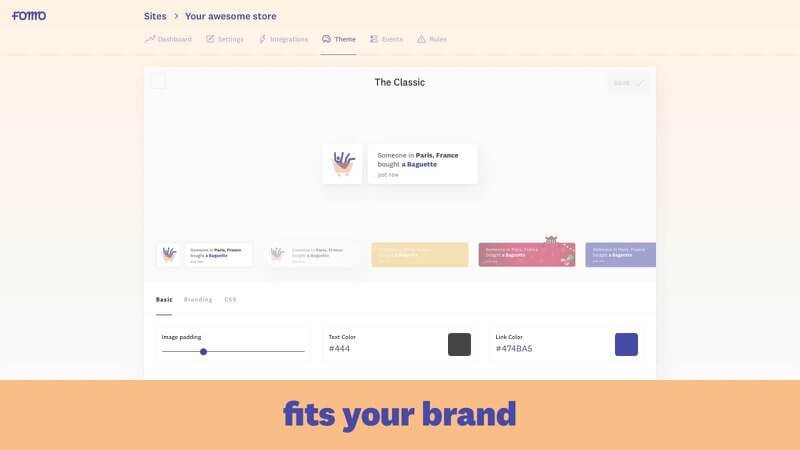
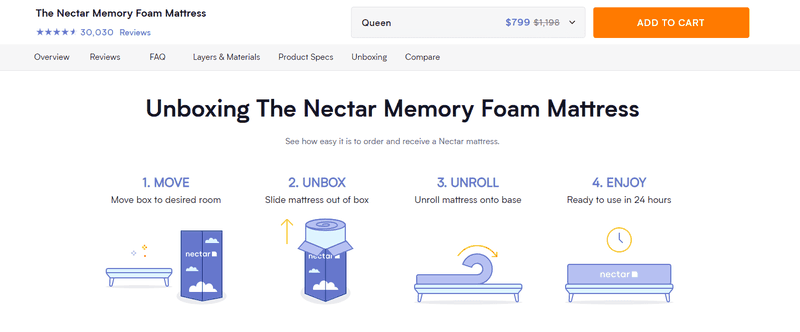

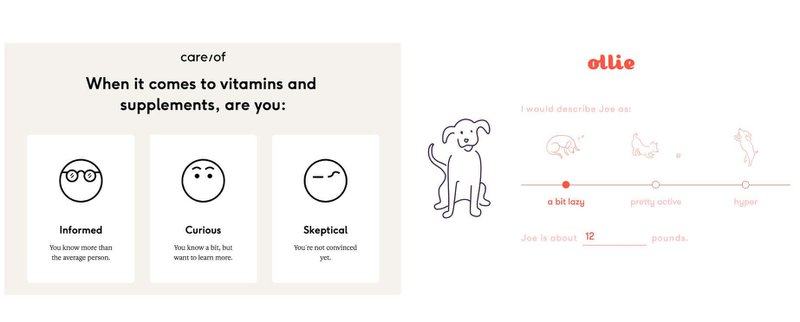
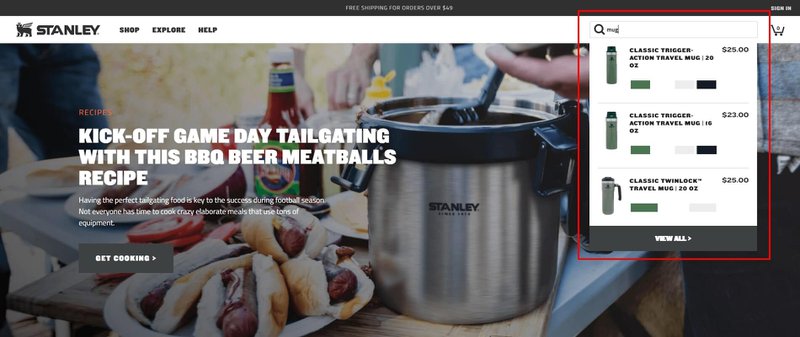

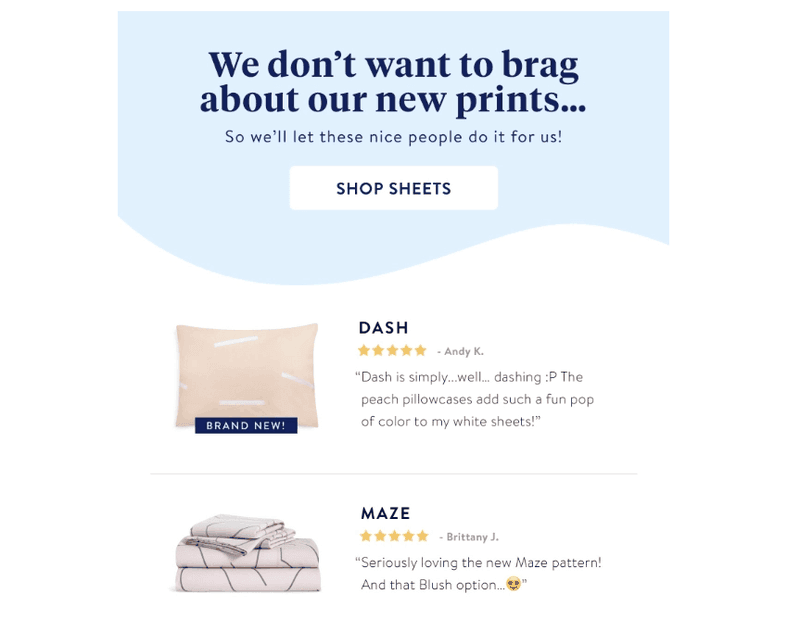

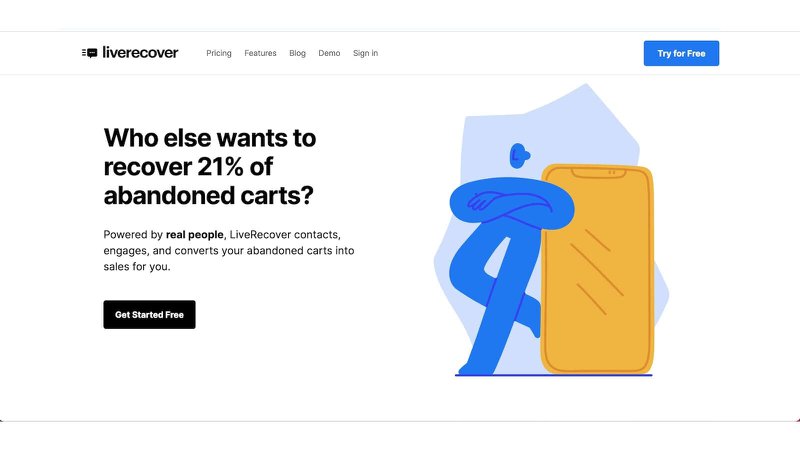
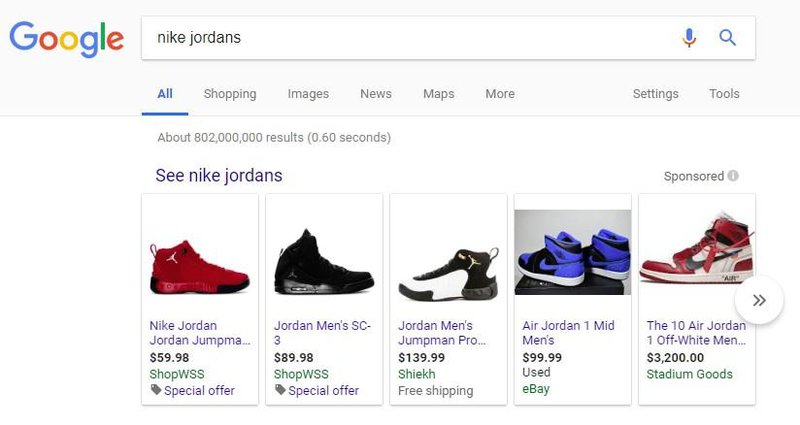

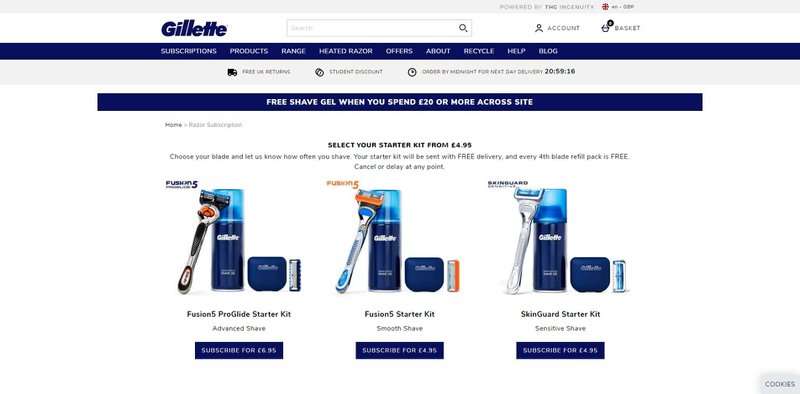
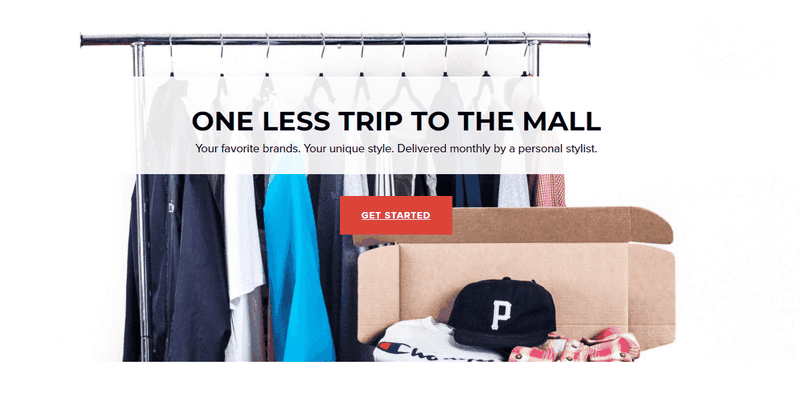
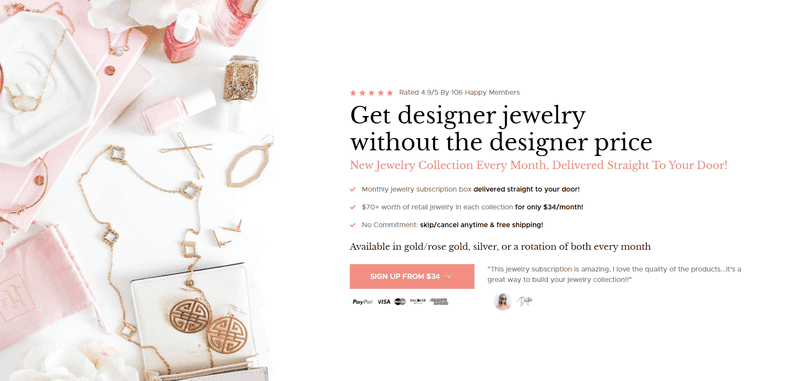




![[Interview] Shama Hyder on the Biggest Mistakes eCommerce Brands Make with PR](https://entail.mayple.com/en-assets/mayple/fit-in/280x280/61b21c7aa9ad4a8e9cb6a3a8_shamahyderinterviewmayple_1d59e4bf94d80a4f530b57f6f9bd5842_2000-1699776086626.png)
![The eCommerce Holiday Readiness Guide 2024 [Updated]](https://entail.mayple.com/en-assets/mayple/fit-in/280x280/60b7581f89bea756cee92923_blackfridaysaleholidaysbanner_1dd9b5c88c26c47d9aa42e4eb2e8a050_2000-1699777158118.png)